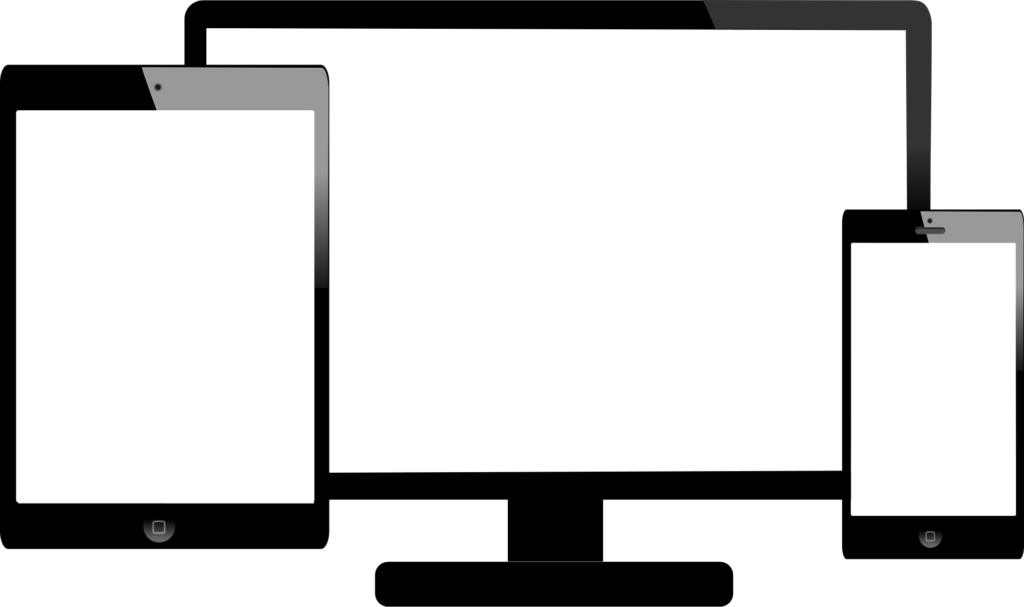
Programmatic ad buying has quickly become the industry standard, with platforms like AOL reporting that 92% of marketers are now using the technology—despite persistent hurdles. As programmatic spending continues to grow, it’s transforming into a more accessible, mainstream advertising option. In this guide, we’ll walk through five major challenges you may face with programmatic advertising and provide practical strategies to make your campaigns more effective.
1. Navigating Programmatic Advertising Algorithms

Algorithms now play a central role in advertising, influencing how we target audiences, structure campaigns, and even position ads. While they can streamline processes and reduce human error, algorithms aren’t flawless. When they go wrong, ads can become irrelevant or, in the worst case, appear on inappropriate websites, potentially harming your brand’s image.
To minimize these risks, start by refining your targeting strategy. Don’t rely solely on keywords or simplistic behavior targeting; these narrow approaches can lead to missed opportunities or misplaced ads. Choose a programmatic platform that matches your brand’s needs, offering controls and tools to reach your ideal audience effectively.
And here’s some good news: as programmatic advertising grows, providers are continually developing better algorithms and targeting options, which will mean fewer mishaps and greater control for advertisers.
2. Tackling Viewability and Impression Fraud

Ad fraud is one of programmatic advertising’s biggest challenges. Some companies, like Google and AppNexus, have begun selling “fraud-free” ads to tackle this issue. Impression fraud, for example, happens when ads are shown but not truly “seen,” driving up costs without delivering real engagement. This isn’t a new problem; Google has been addressing these issues since the early 2000s, but the fight continues.
To reduce exposure to fraud, choose platforms with robust transparency policies and good reputations that proactively address fraudulent activities.
Another significant issue is viewability, meaning the percentage of an ad that’s actually visible to a viewer. The IAB defines viewability as 50% of an ad’s pixels being visible for at least one second (or two seconds for video ads). However, advertisers increasingly demand full viewability to ensure that they’re paying only for ads seen by real users. Industry leaders are actively working toward achieving higher viewability standards to address this key challenge.
3. Creating Ads for Multiple Screens

Today’s consumers switch between multiple devices—phones, tablets, laptops, and wearables. Programmatic advertising, however, often lags in providing a smooth experience across all screens, with some ads still relying on Flash, which doesn’t work on mobile.
To meet the needs of a multi-screen world, it’s essential to use responsive ads built in HTML5, ensuring they display properly on any device. Focusing on cross-device compatibility will help make your programmatic campaigns accessible to users wherever they are.
4. Bridging the Knowledge Gap in Programmatic Advertising

Programmatic advertising can feel like a jargon jungle. The terminology is complex, and it’s common for marketers to feel they’re in the dark about how everything works. This knowledge gap can hinder effective strategy and results.
To address this, take the time to educate yourself or your team about programmatic basics and the latest trends. Knowing how platforms work and how targeting options are set up will empower you to make more informed decisions. Partnering with an expert or consultant can also provide valuable insights and help you create campaigns that hit the mark.
5. Crafting Creative Content for Programmatic Advertising

While ad-buying technology has evolved quickly, the creative side of programmatic has lagged behind. Most effective programmatic campaigns require a variety of tailored creatives that appeal to different audience segments, but creating them manually can be both time-consuming and costly.
To streamline the process, consider using programmatic creative solutions that enable quick adjustments and automated creative variations. These tools allow you to develop a larger set of ads without the usual effort, boosting campaign flexibility and relevance.
Final Thoughts: The Balance of Challenges and Benefits

While programmatic advertising presents several challenges, its benefits are compelling and will only grow as the technology evolves. By staying informed, prioritizing transparency, and adapting your creative strategies, you can turn these challenges into opportunities. Here’s a quick recap:
- Have proper understanding on how your programmatic platform’s targeting works to avoid algorithm missteps.
- Prioritize ad viewability and verify how your platform measures impressions.
- Choose a provider with a strong track record against ad fraud.
- Create HTML5 ads optimized for all screens to reach a broader audience.
- Consider consulting with experts to improve your programmatic knowledge and outcomes.
As you navigate the world of programmatic advertising, remember that overcoming these challenges will help you reach the right audience more effectively and build campaigns that stand out in a competitive landscape.